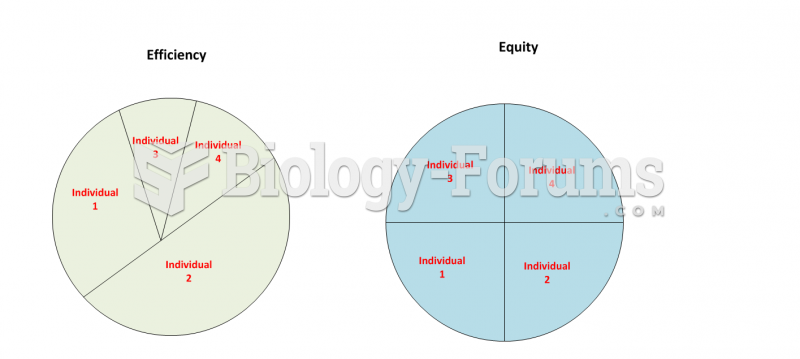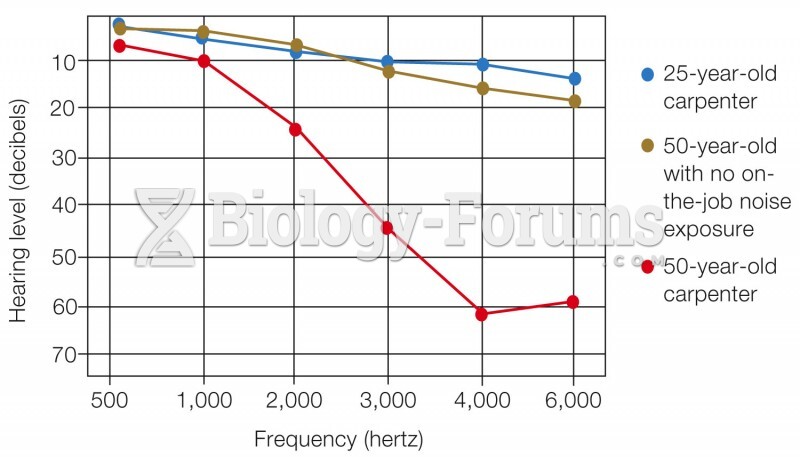Answer to Question 1
1.
George (30 6 hrs.) 180
Earl (20 4 hrs.) 80
Cost per guitar 260
Number of guitars 25units
Total budgeted cost 6,500
2. Solution Exhibit 7- 39A presents the total price variance (0), the total efficiency variance (10 U), and the total flexible-budget variance (10U).
Total direct labor price variance can also be computed as:
=
George = (30 30) 145 = 0
Earl = (20 20) 108 = 0
Total direct labor price variance 0
Total direct labor efficiency variance can also be computed as:
=
George = (145 150) 30.00 = 150 F
Earl = (108 100) 20.00 = 160 U
Total direct labor efficiency variance 10 U
EXHIBIT 7- 39A
Columnar Presentation of Direct Labor Price and Efficiency Variances for Trevor Joseph Guitars
Actual Costs
Incurred
(Actual Input Quantity
Actual Price)
(1)
Actual Input Quantity
Budgeted Price
(2) Flexible Budget
(Budgeted Input Quantity
Allowed for Actual Output
Budgeted Price)
(3)
George
Earl
145 30 = 4,350
108 20 = 2,160
6,510 145 30 = 4,350
108 20 = 2,160
6,510 150 30 = 4,500
100 20 = 2,000
6,500
0 10 U
Total price variance Total efficiency variance
10 U
Total flexible-budget variance
F = favorable effect on operating income; U = unfavorable effect on operating income
3.
Actual Quantity
of Input Actual Mix Budgeted Quantity
of Input for Actual Output Budgeted Mix
George 145 hours 57.3 6 hours 25 units = 150 hours 60
Earl 108 hours 42.7 4 hours 25 units = 100 hours 40
Total 253 hours 100.0 250 hours 100
4. Solution Exhibit 7- 39B presents the total direct labor yield and mix variances for Trevor Joseph Guitars.
The total direct labor yield variance can also be computed as the sum of the direct labor yield variances for each input:
=
George = (253 250) 0.60 30 = 3 0.60 30 = 54 U
Earl = (253 250) 0.40 20 = 3 0.40 20 = 24 U
Total direct labor yield variance 78 U
The total direct labor mix variance can also be computed as the sum of the direct labor mix variances for each input:
=
George = (0.573 0.60) 253 30 = 0.027 253 30 = 205 F
Earl = (0.427 0.40) 253 20 = 0.027 253 20= 137 U
Total direct labor mix variance 68 F
The sum of the direct labor mix variance and the direct labor yield variance equals the direct labor efficiency variance. The favorable mix variance arises from using more of the cheaper labor (and less of the costlier labor) than the budgeted mix. The yield variance indicates that the guitars required more total inputs (253 hours) than expected (250 hours) for the production of 25 guitars. Both variances are relatively small and probably within tolerable limits. It is likely that Earl, who is less experienced, worked more slowly than George, which caused the unfavorable yield variance. Trevor Joseph should be careful that using more of the cheaper labor does not reduce the quality of the guitar or how customers perceive it.
EXHIBIT 7- 39B
Columnar Presentation of Direct Labor Yield and Mix Variances for Trevor Joseph Guitars
Actual Total Quantity
of All Inputs Used
Actual Input Mix
Budgeted Price
(1)
Actual Total Quantity
of All Inputs Used
Budgeted Input Mix
Budgeted Price
(2) Flexible Budget:
Budgeted Total Quantity of
All Inputs Allowed for
Actual Output
Budgeted Input Mix
Budgeted Price
(3)
George 253 0.573 30 = 4,349
Earl 253 0.427 20 = 2,161
6,510
253 0.60 30 = 4,554
253 0.40 20 = 2,024
6,578
250 0.60 30 = 4,500
250 0.40 20 = 2,000
6,500
68 F 78 U
Total mix variance Total yield variance
10 U
Total efficiency variance
F = favorable effect on operating income; U = unfavorable effect on operating income.
Answer to Question 2
b







